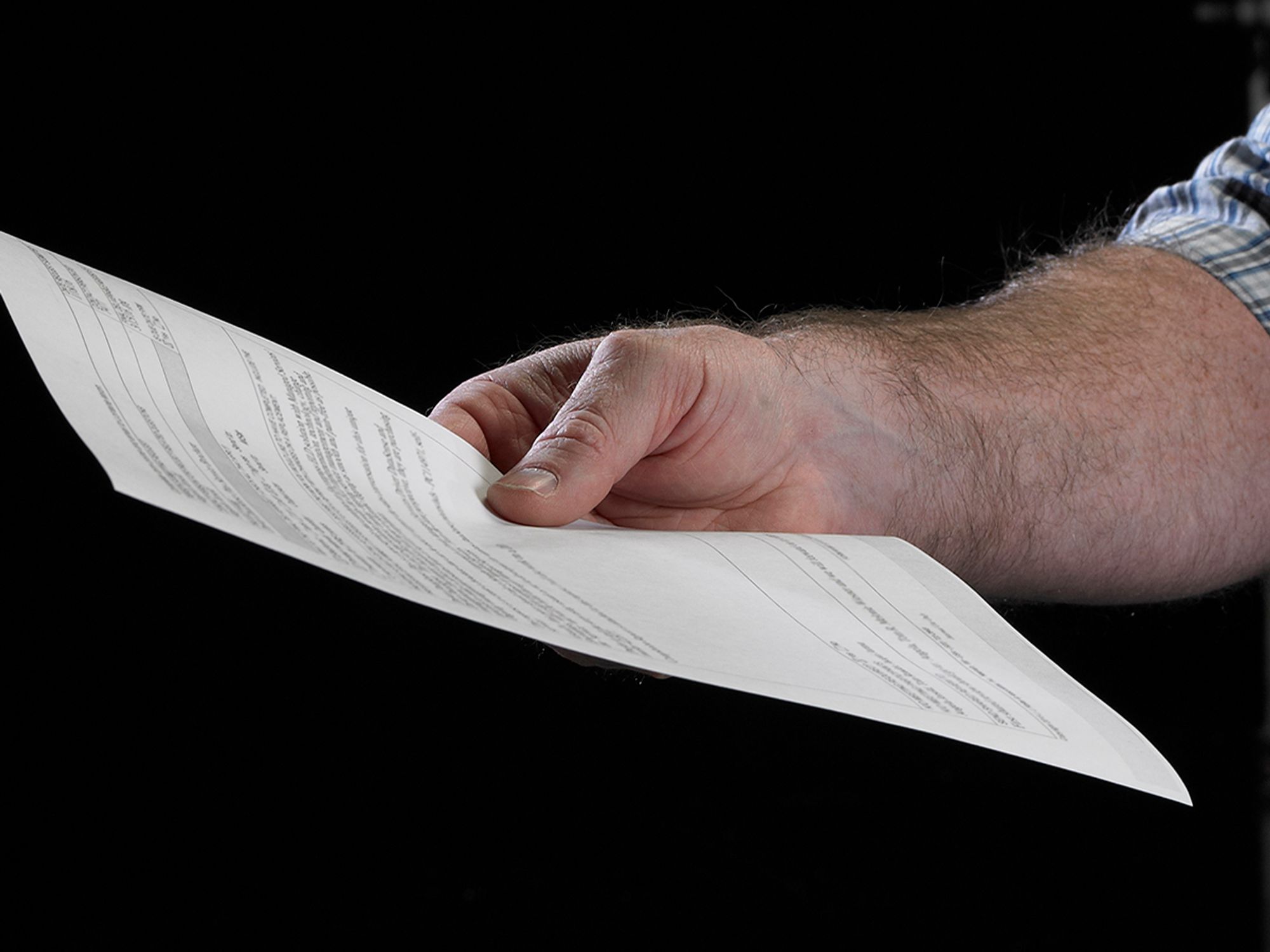- There are seven different reasons why a source may need to obtain a Title V permit.
Title V permits under the Clean Air Act (CAA) are also called operating permits, and they include pollution control requirements from federal or state regulations that apply to a particular source.
A stationary source needs to obtain a Title V permit if:
- It is a major source. Under Title V, this means:
- The source has actual or potential emissions at or above the major source threshold for any air pollutant.
- The major source threshold for any air pollutant is 100 tons/year (known as the “default value”).
- In non-attainment areas, lower thresholds will apply to the pollutants that are in non-attainment.
- Major source threshold for hazardous air pollutants (HAPs) are 10 tons/year for a single HAP or 25 tons/year for any combination of HAPs.
- It has a major source permit under the New Source Review (NSR) Permitting Program.
- It is an “affected source” under the Acid Rain Rules (regardless of size).
- It has Solid Waste Incineration Units under CAA 129 (regardless of size). This includes:
- Municipal waste combustors (large and small)
- Hospital/medical/infectious waste incinerators
- Commercial and industrial solid waste incinerators
- Other solid waste incinerators
- Sewage sludge incinerators
- It is a non-major source subject to National Emissions Standards for Hazardous Air Pollutants (NESHAPs). This is to say, the source is also subject to maximum achievable control technology (MACT) standards. Note that if any newly promulgated new source permit or MACT standard regulates area sources, it must clarify whether the area sources must obtain Title V permits. These sources include:
- Hazardous waste combustors
- Portland cement manufacturers
- Mercury cell chlor-alkali plants
- Secondary lead smelters
- Carbon black production
- Chemical manufacturing: chromium compounds
- Primary copper smelting
- Secondary copper smelting
- Nonferrous metals area sources: zinc, cadmium, and beryllium
- Glass manufacturing
- Electric arc furnace steelmaking facilities
- Gold mine ore processing and production
- The source is a chemical manufacturer subject to NESHAP requirements.
- It is a municipal solid waste landfill subject to NESHAP and New Source Performance Standards (NSPS) requirements.


